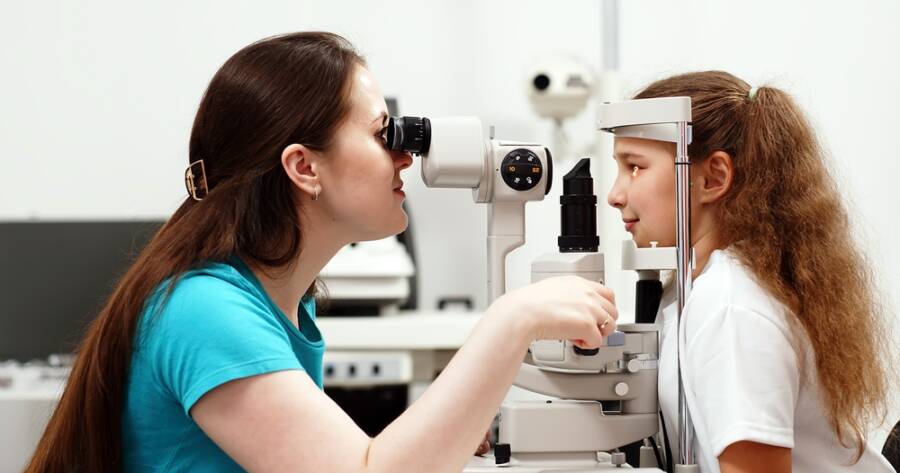Your eyesight changes gradually over time, and you might not even realize it. Blurry vision, eye strain, or headaches can go unnoticed until they become disruptive. A routine vision test isn’t just about checking how clearly you see — it’s also a crucial opportunity to detect serious eye conditions early. Learn about the importance of regular vision testing and prioritize your eye health today.
Why Vision Testing Matters
Vision tests are essential for maintaining good eye health. While many people think these tests are only for those who wear glasses or contacts, they’re vital for everyone. Routine eye exams help assess visual acuity, detect refractive errors (like nearsightedness, farsightedness, and astigmatism), and identify early signs of eye diseases such as glaucoma, cataracts, and macular degeneration.
Early detection of vision problems can make a significant difference. Conditions like glaucoma often have no symptoms in the early stages but can lead to irreversible vision loss if left untreated. Regular eye exams provide an opportunity for early intervention, helping to preserve your sight.
How Vision Tests Work
A vision test is a comprehensive assessment that goes beyond reading an eye chart. During a typical eye exam, an optometrist or ophthalmologist will conduct a series of tests to evaluate different aspects of your eye health:
- Visual Acuity Test: This is the classic test where you read letters on an eye chart from a distance. It measures how clearly you can see and helps determine if you need glasses or a prescription update.
- Refraction Test: This test identifies refractive errors and fine-tunes your prescription for corrective lenses. The doctor uses a device called a phoropter and asks which lens options provide the clearest vision.
- Slit-Lamp Examination: A slit lamp allows the doctor to examine the structures of your eye, such as the cornea, iris, and lens. This test can reveal signs of cataracts, corneal conditions, and retinal diseases.
- Tonometry: This test measures the pressure inside your eye to detect glaucoma. It’s quick and painless, often involving a gentle puff of air.
- Dilated Eye Exam: Eye drops are used to dilate your pupils, allowing the doctor to get a better view of the retina and optic nerve. This test is crucial for detecting conditions like diabetic retinopathy and macular degeneration.
Modern Diagnostic Technology
Advancements in technology have made vision testing more accurate and efficient than ever before. Digital retinal imaging, optical coherence tomography (OCT), and automated visual field testing provide detailed images and data to help diagnose eye conditions early. These tools improve accuracy and reduce the need for invasive procedures.
Corrective Options for Vision Problems
If a vision test reveals a refractive error, there are several correction options:
- Glasses: The most common solution, available in various styles and lens types.
- Contact Lenses: A discreet and convenient alternative to glasses, with options like daily disposables and multifocal lenses.
- Refractive Surgery: Procedures like LASIK and PRK offer permanent correction for certain vision problems.
Prioritize Your Eye Health
Routine vision tests are crucial for maintaining healthy eyesight and detecting problems before they become serious. Even if you feel your vision is fine, regular check-ups can reveal underlying issues you might not be aware of. With modern diagnostic tools and a wide range of correction options available, it’s easier than ever to protect your vision. Don’t take your eyesight for granted — schedule a vision test and keep your eyes healthy for years to come!





